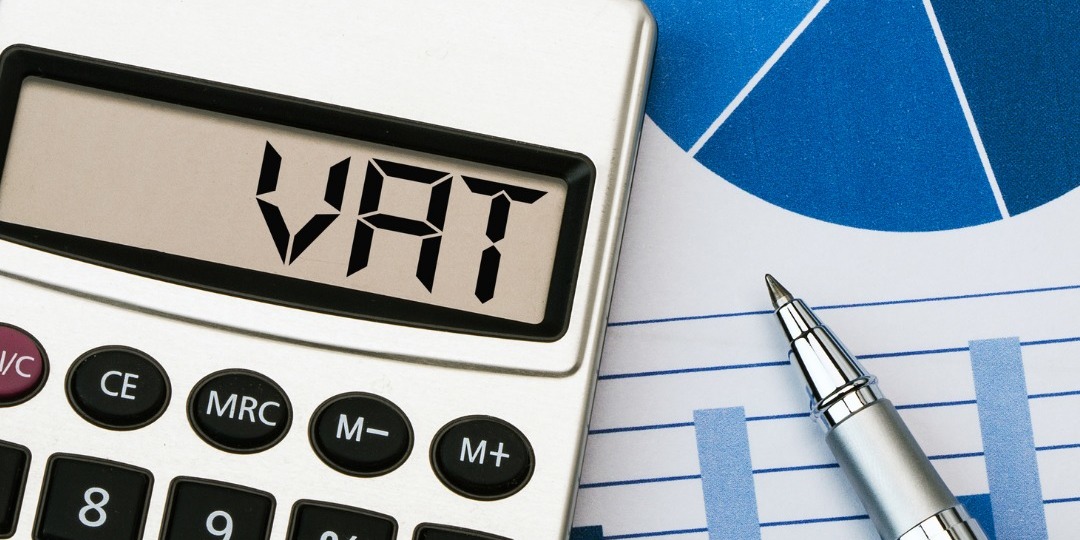New VAT Penalty Regime Deferred Until January 2023
Posted on 24th May 2022 at 13:10
The default surcharge system for late VAT payments was due to end on 31st March 2022 and was to be replaced with a new points-based penalty system. The introduction on the new system however has now been deferred until January 2023. The delay is to enable HMRC extra time to make the necessary changes to their systems.
Under the current default surcharge system, it combines and applies both late submission and late payment sanctions. On the first late VAT return, a Surcharge Liability Notice (SLN) is issued which lasts for twelve months. If further defaults then occur, the SLN period is extended and penalties of up to 15% of the tax due are levied (dependent on the number of defaults).
Preparing for upcoming changes to the new system:
For VAT periods starting on or after 1st January 2023, the current default surcharge will be replaced by new penalties, a two-tier penalty system for late VAT submissions and late payment of VAT. There will also be changes to how VAT Interest is calculated. Any VAT returns with nil or repayment due that are received late, will also be subject to late submission penalty points and financial penalties.
Late VAT submissions
Late VAT submission penalties will work on a points-based system and therefore for each VAT Return submitted late, HMRC will issue a single penalty point. For businesses who exceed the points threshold in respect of multiple missed returns, then a flat penalty of £200 will be imposed for each late return.
The late submission penalty points threshold will vary according to the submission frequency:
♦ Submission frequency - Annually Penalty points threshold - 2 Period of compliance - 24 months
♦ Submission frequency - Quarterly Penalty points threshold - 4 Period of compliance - 12 months
♦ Submission frequency - Monthly Penalty points threshold - 5 Period of compliance - 6 months
Points can be reset to zero by submitting all returns by the due date for a set period (the period of compliance as detailed above)
* Plus all outstanding returns due for the previous 24 months must have been received by HMRC
Taxpayers will have 'one point' for each submission obligation that is due. Meaning that if you, (the taxpayer), is required to provide an annual Income Tax Self Assessment (ITSA) Return and quarterly VAT returns, there will be separate points totals for ITSA and VAT.
Late payment of VAT
Late payment of tax due to HMRC will be calculated on the amount of tax outstanding and how long the late payment is overdue. The sooner the VAT is paid, the lower the penalty rate that will be applied.
There will be no penalty charged if the VAT is paid in full or an agreed payment plan is in place on or between days 1 and 15. The first charge on any tax due that remains unpaid 15 days after its due date will be imposed at 2%. This charge will be applied even if paid in full or if there is an agreed payment plan made, between days 16 and 30.
If any of this tax is still unpaid after 30 days, the penalty increases to 4% of the tax still outstanding at that point.
The second charge is a daily penalty which is set at 4% per year on the outstanding amount, starting from 31 days after its due date until the tax due is paid. If there is a ‘time to pay’ agreement with HMRC, then the penalty will stop accruing from the date of the agreed proposal.
HMRC have given a period for taxpayers in order to familiarise themselves with the new system and therefore will not be charging a first late payment penalty for the first year, from the 1st January 2023 until the 31st December 2023, if paid in full within 30 days of the payment due date.
How late payment interest will be charged
From the 1st January 2023, HMRC will charge late payment interest from the day the payment is overdue until the day the payment is made in full. Late payment interest is calculated as the Bank of England base rate plus 2.5%.
For further details, please visit their website, the link can be found below:
Disclaimer:
Whilst every effort in ensuring the accuracy of the content of these notes has been considered, we cannot be held responsible in any way in regards to any consequences and/or decisions arising from the information provided. For specialist advice tailored to your individual circumstances, please get in contact with us.
Share this post:



